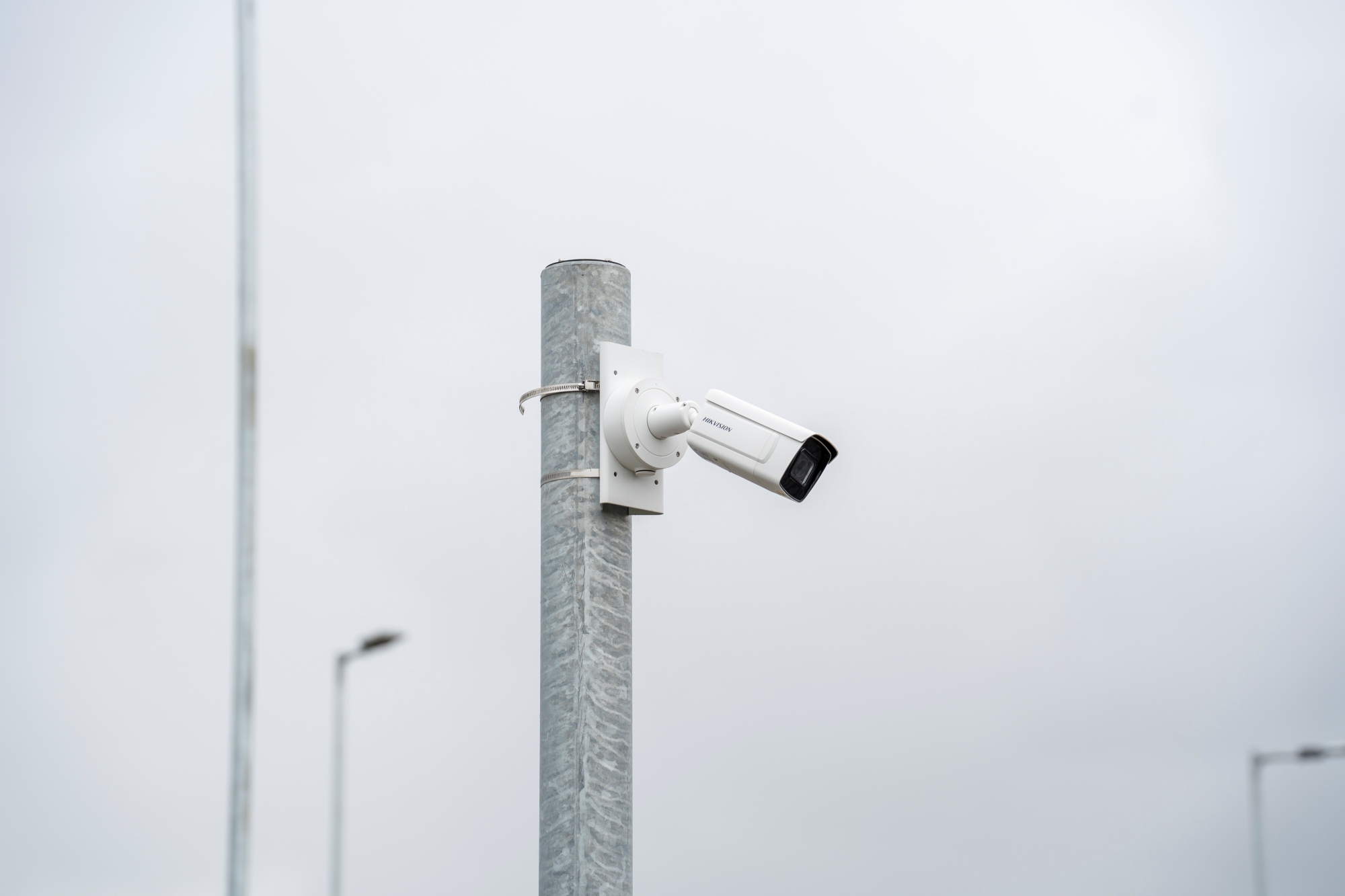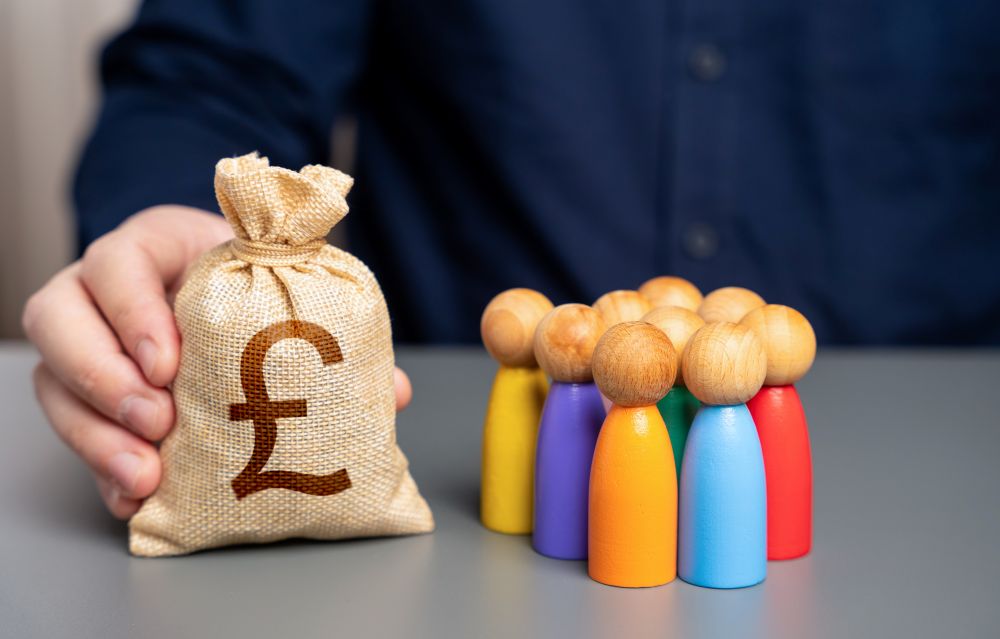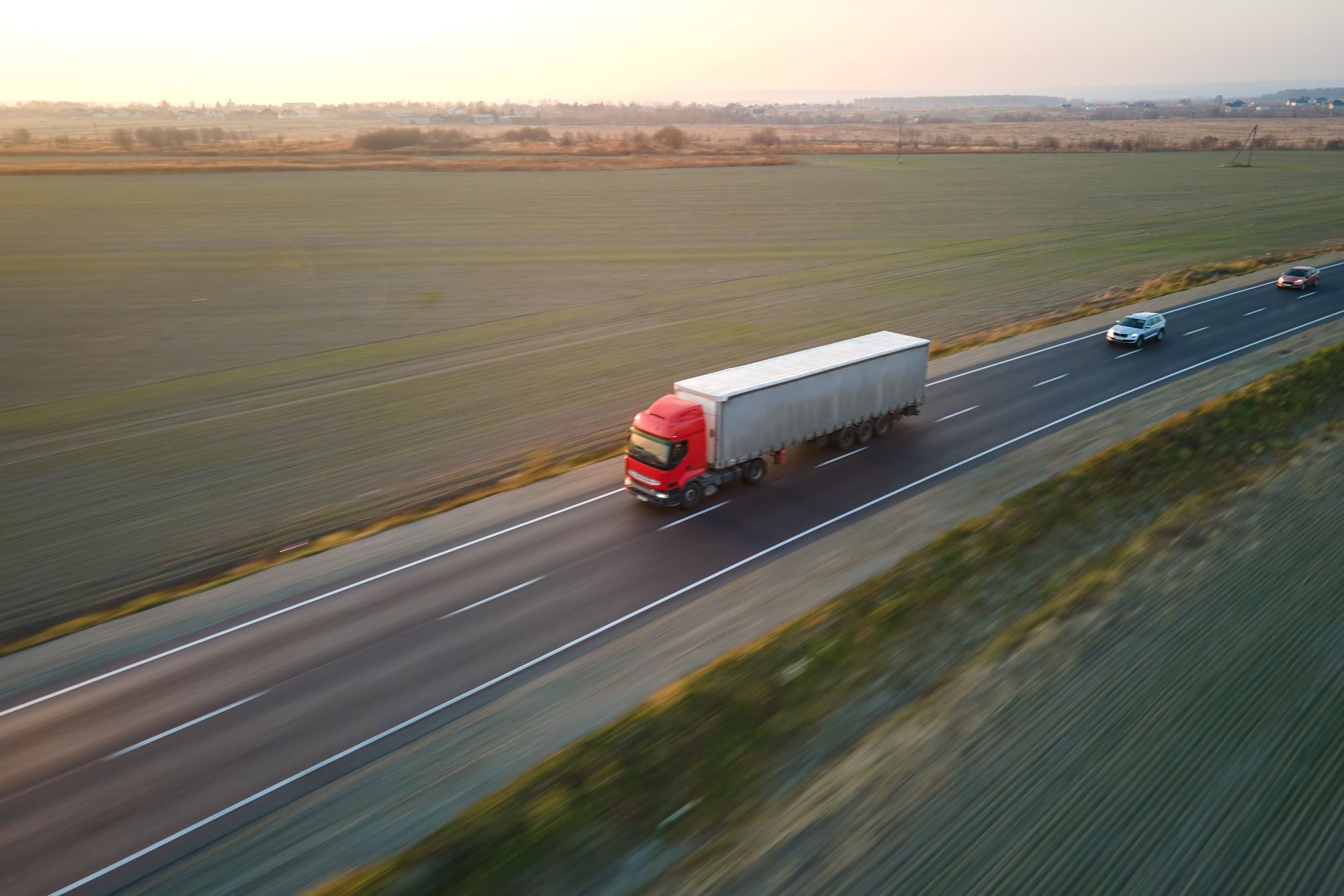
Miranda Blake
Kierowcy niezadowoleni z postojów ciężarówek: W czym tkwi problem?
Utworzony: 11.11.2024
•
Aktualizacja: 30.12.2025
Niedawna ankieta [https://d3cez36w5wymxj.cloudfront.net/wp-content/uploads/2024/11/04184443/Lorry-Driver-Facilities-Survey.pdf] przeprowadzona przez niezależną organizację Transport Focus wykazała, że prawie połowa kierowców ciężarówek nie jest zadowolona z ilości i jakości postojów dla ciężarówek w Anglii. Uważają oni, że ta ostatnia pogorszyła się w ciągu ostatniego roku.
W SNAP mamy sieć parkingów dla ciężarówek oferujących najwyższej jakości usługi (w rzeczywistości wkrótce uruchomimy własne nagrody dla najlepszych postojów dla ciężarówek!). Skoro więc istnieje wiele świetnych parkingów, nasuwa się pytanie: dlaczego kierowcy są tak niezadowoleni?
Głębsze spojrzenie na problem
Najpierw przyjrzyjmy się temu, z czego nie są zadowoleni. Kierowcy twierdzą, że nie czują się mile widziani i bezpieczni na każdym postoju. Co więcej, nie są w stanie odpowiednio odpocząć lub zjeść dobrego posiłku. Niektóre opinie dotyczyły tego, że nie zawsze jest dostępna [zdrowa żywność] (https://snapacc.com/newsroom/how-to-be-a-healthy-truck-driver/) lub czyste prysznice i toalety. Kobieta-kierowca skomentowała również, że w damskiej łazience nie ma prysznica, co oznacza, że nie miała innego wyjścia, jak tylko pójść do męskiej, aby się umyć.
Należy jednak podkreślić, że statystyki pochodzą od osób, które zdecydowały się na przerwy na tych postojach, więc prawdopodobnie istnieje pewien poziom spełnienia. Co więcej, w ankiecie zapytano kierowców tylko o ich doświadczenia z jednej trzeciej całkowitej liczby postojów dla ciężarówek, usług autostradowych i tych na drogach A w Anglii. Ponadto wiele parkingów dla ciężarówek uzyskało satysfakcjonujące wyniki na poziomie co najmniej 95%, a ogólne zadowolenie wyniosło 86%.
Być może więc problem nie jest tak duży, jak się wydaje. Jednak branża z pewnością nie może go ignorować - zwłaszcza biorąc pod uwagę nasze odkrycia.
Co odkryły badania SNAP
Okazało się, że 70% kierowców wybiera postoje zamiast stacji benzynowych lub postojów dla ciężarówek, a kluczowym powodem jest niewystarczające bezpieczeństwo. Na przykład, doświadczyli oni wcześniej takich sytuacji, jak przecięcie zasłon. Warto jednak zauważyć, że w 2023 r. policja w Cambridgeshire zgłosiła [46% kradzieży ładunków miało miejsce na ulicach lub w zatoczkach] (https://www.rsainsurance.co.uk/news/insurance/tackling-cargo-crime-in-2024/#:~:text=The%20majority%20only%20offer%20a,these%20happened%20in%20lay%2Dbys.), w porównaniu do 27% na stacjach paliw - co sugeruje, że być może kierowcy martwią się w niewłaściwym miejscu.
Na naszych stronach w mediach społecznościowych ponad połowa kierowców ciężarówek ujawniła, że ich zdaniem postoje w Wielkiej Brytanii nie są bezpieczne w porównaniu z tymi w Europie. A jeśli chodzi o miejsca, które mają wyższy poziom ochrony, 70% z nich widziało je zapełnione wczesnym wieczorem.
Chociaż sugeruje to, że nie ma wystarczającej ilości, aby zaspokoić popyt, wiele z naszych witryn ma fantastyczne zabezpieczenia. Ci, którzy tego nie robią, powinni zastanowić się, jak to poprawić.

Zapewnienie najwyższego poziomu bezpieczeństwa na parkingach dla ciężarówek
Świadczymy różnorodne usługi, aby poprawić jakość obsługi - w tym nasze wiodące w branży pakiety bezpieczeństwa za pośrednictwem SNAP Access & Security. Od kamer ANPR i szlabanów po telewizję przemysłową, zapewniamy najlepszą ochronę postojów ciężarówek, a tym samym kierowców i wszystkich ładunków flot.
Możesz dowiedzieć się więcej o SNAP Access & Security lub odkryć nasze inne usługi (takie jak parkowanie i mycie) tutaj.



